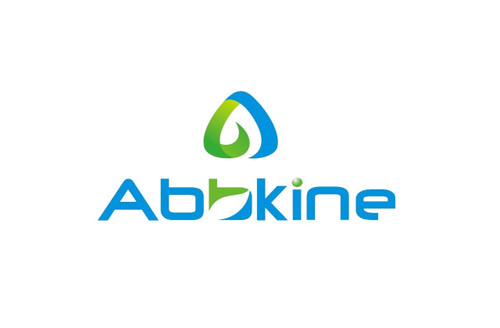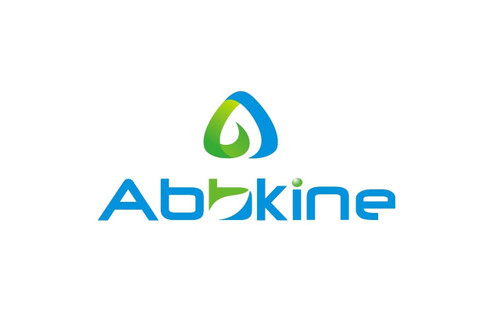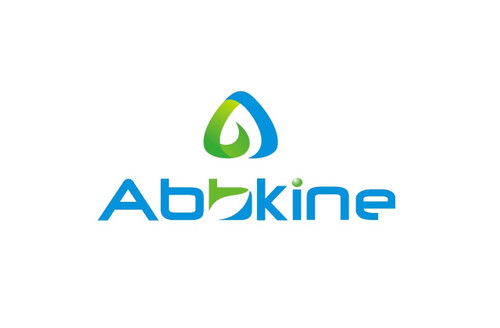Product Description
Human Hepatocyte growth factor receptor (c-MET/HGFR) ELISA Kit | KTE61644 | Abbkine
Application: This Human Hepatocyte growth factor receptor (c-MET/HGFR) ELISA Kit employs a two-site sandwich ELISA to quantitate MET in samples. An antibody specific for MET has been pre-coated onto a microplate. Standards and samples are pipetted into the wells and anyMET present is bound by the immobilized antibody. After removing any unbound substances, a biotin-conjugated antibody specific for MET is added to the wells. After washing, Streptavidin conjugated Horseradish Peroxidase (HRP) is added to the wells. Following a wash to remove any unbound avidin-enzyme reagent, a substrate solution is added to the wells and color develops in proportion to the amount of MET bound in the initial step. The color development is stopped and the intensity of the color is measured.
Detection Method: Colorimetric
Conjugate: N/A
Sample Type: Cell culture supernatants#Serum#Plasma#Other biological fluids
Assay Type: Multiple steps standard sandwich ELISA assay with a working time of 3-5 hours. It depends on the experience of the operation person.
Kit Component: • Human Hepatocyte growth factor receptor microplate
• Human Hepatocyte growth factor receptor standard
• Human Hepatocyte growth factor receptor detect antibody
• Streptavidin-HRP
• Standard diluent
• Assay buffer
• HRP substrate
• Stop solution
• Wash buffer
• Plate covers
Features & Benefits: Human Hepatocyte growth factor receptor (c-MET/HGFR) ELISA Kit has high sensitivity and excellent specificity for detection of Human MET. No significant cross-reactivity or interference between Human MET and analogues was observed.
Calibration Range: Please inquire
Limit Of Detection: Please inquire
Usage Note: • Do not mix components from different kit lots or use reagents beyond the kit expiration date.
• Allow all reagents to warm to room temperature for at least 30 minutes before opening.
• Pre-rinse the pipet tip with reagent, use fresh pipet tips for each sample, standard and reagent to avoid contamination.
• Unused wells must be kept desiccated at 4 °C in the sealed bag provided.
• Mix Thoroughly is very important for the result. It is recommended using low frequency oscillator or slight hand shaking every 10 minutes.
• It is recommended that all samples and standards be assayed in duplicate or triplicate.
Storage Instruction: The unopened kit should be stored at 2 - 8°C. After opening, please store refer to protocols.
Shipping: Gel pack with blue ice.
Precaution The product listed herein is for research use only and is not intended for use in human or clinical diagnosis. Suggested applications of our products are not recommendations to use our products in violation of any patent or as a license. We cannot be responsible for patent infringements or other violations that may occur with the use of this product.
Background: MET encodes a member of the receptor tyrosine kinase family of proteins and the product of the proto-oncogene MET. The encoded preproprotein is proteolytically processed to generate alpha and beta subunits that are linked via disulfide bonds to form the mature receptor. Further processing of the beta subunit results in the formation of the M10 peptide, which has been shown to reduce lung fibrosis. Binding of its ligand, hepatocyte growth factor, induces dimerization and activation of the receptor, which plays a role in cellular survival, embryogenesis, and cellular migration and invasion. Mutations in this gene are associated with papillary renal cell carcinoma, hepatocellular carcinoma, and various head and neck cancers. Amplification and overexpression of METare also associated with multiple human cancers.
Alternative Names: MET; AUTS9; HGFR; RCCP2; c-Met; HGF receptor; SF receptor; met proto-oncogene; met proto-oncogene tyrosine kinase; oncogene MET; scatter factor receptor
Search name: MET; AUTS9; HGFR; RCCP2; c-Met; HGF receptor; SF receptor; met proto-oncogene; met proto-oncogene tyrosine kinase; oncogene MET; scatter factor receptor
Tag: MET
 Euro
Euro
 USD
USD
 British Pound
British Pound
 NULL
NULL












